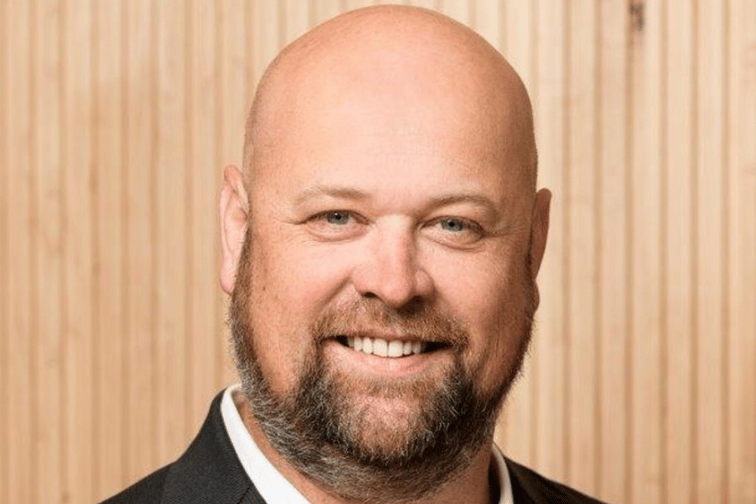

Tim Rafton’s (pictured above) role leading Insurance Australia Group’s (IAG’s) claims space across the firm’s intermediated divisions is an incredible personal success story following a terrible tragedy.
Rafton, executive general manager of intermediated claims for Intermediated Insurance Australia (IIA), offered to share his story with Insurance Business.
“I left school and started an apprenticeship as an electrician and not long into that, as well as not long into having my driver’s license, I was driving a car and speeding and had a serious crash,” said Rafton.
The crash 25 years ago nearly killed him.
“I spent quite a bit of time in hospital,” he said. “Both my legs were removed as a result of getting me out of the car… so that’s left me in a wheelchair for the last 20 plus years.”
Fortunately, his sister, who was the owner of the car, had taken out a type of third party car insurance that covered the accident.
“In her wisdom - although she probably didn’t appreciate it at the time – she’d taken out a CTP green slip with NRMA insurance, probably just because that’s what mum and dad had done, not necessarily because of a deliberate decision,” said Rafton.
NRMA – IAG’s predecessor before it demutualised and the insurance division became IAG – was the only insurer at the time, said Rafton, that had an at-fault driver extension.
“It was no additional cost and the only green slip policy in New South Wales that offered it,” he said.
The result was a payout of $50,000.
“That doesn’t sound like a lot of money but in the 1990s, that was actually a deposit on a house, which is what I did with it,” said Rafton.
It also “made a world of difference,” he suggested, to a teenager experiencing a shocking misfortune.
“I was only 17 at the time and my attitude towards insurance back then was probably apathy more than anything else,” said Rafton. “On reflection it was a game changer really, because later on by the time I’d met my wife and we’d started having a family and bought our own home, that house gave us quite a lot of financial stability.”
He described it as “a godsend.”
The claims journey is the focus for the insurance industry. Rafton knows it well from both sides. He said he’s reflected on his experience 25 years ago a lot.
“The reflection would be that although it didn’t mean a lot to me at the time, that financial part of the outcome became very important to me and my family,” he said. “Not just for me, I was only young, but also for my whole family: Mum, dad and my three sisters were all impacted in one way or another.”
What Rafton remembers most about this claims experience is that it only took about a week from the time his sister rang the NRMA to being paid the money.
“That’s not typical in an injury claim but it’s the way the provision worked,” he said. “It was a very quick process.”
Rafton said just the speed of the payout was hugely important for his family.
“My sister was very relieved because I think she almost felt some level of obligation and so to be able to come back and tell the family that this was the outcome in such a short amount of time was a huge relief for her, my parents and everyone,” he said.
There were also Rafton’s uncertain job prospects to worry about. The payout that helped buy the house, he said, “gave my family a little bit of comfort that there was at least a safety net of some kind.”
But he did need a job. Now he had mortgage to pay.
“I was hunting around and I came across an advertisement for a job with an NRMA call centre,” said Rafton.
With no experience he said he had no hopes of getting the job.
“But I had a conversation with the hiring manager and for whatever reason she saw something in me and about a week after the interview offered me the role,” said Rafton.
He described this as the second time he’s experienced IAG’s motto: ‘make your world a safer place.’
“It’s part of the reason why I’ve stayed so long,” said Rafton.
The IAG leader has spent his entire working career at the firm in different claims related areas.
In the next article, Rafton explains what he’s learned about improving the claims process and IAG’s current strategy in this space.
